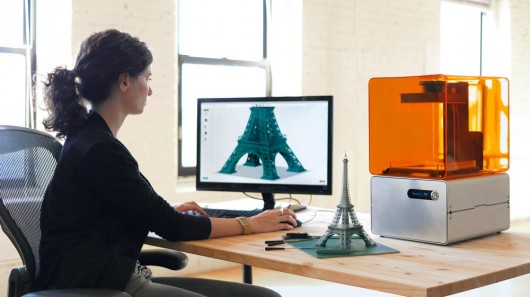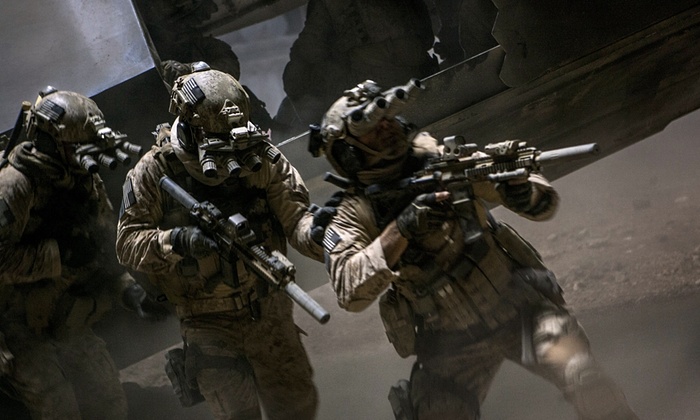Over the years, the means by which production designers have produced or obtained their props has remained largely unchanged. However, a recent development has emerged that could radically alter the way these designers produce their visual aesthetic. This development is 3D printing. Many of you have probably heard of 3D printing before, but I will give a brief explanation for those who may be unfamiliar with it. 3D printing is the process of creating a three dimensional object or shape from a digital file. The digital file is first created and rendered through 3D computer software. Then the software uses an additive process of building the object layer by layer until finished. The object is then printed out and looks and feels just like a normal, three dimensional object (3D Printing).
Although 3D printing is just in its novelty stage, the possibilities and future for the technology are very bright. In the realm of production design, artists can now create any object they want and refine it in the computer software before printing it out. This not only allows for more efficiency, but also for more creativity. Also, the technology seems to logically fit the next step in the evolution of production design since current designers already work with computer software to create concept art for proposed designs (The Guardian).
It may surprise you that the film industry has already started diving into 3D printing. Propshop, a production company based at Pinewood Studios, has created several props that have been used in large Hollywood productions. Some examples include the night vision goggles in Zero Dark Thirty (Bigelow, 2012), a full-tank exterior for one of the action scenes in Fast and Furious 6 (Lin, 2013), and the canopy of Quill’s spaceship in Guardians of the Galaxy (Gunn, 2014). Even full spaceships and sets have been printed for films including Ex Machina (Garland, 2015) and Avengers: Age of Ultron (Whedon, 2015).
WORKS CITED
Sheldon-Hicks, David. “Five ways film-making is evolving thanks to new technology.”
The Guardian. 12 June 2015. 12 Nov. 2015. <http://www.theguardian.com/culture-professionals-network/2015/jun/12/film-technology-evolution-film-making-3d-printing-vr-motion-capture>.
“What is 3D Printing?” 3D Printing. 2015 12 Nov. 2015. <http://3dprinting.com/what-is-
3d-printing/#whatitis>.




 RSS Feed
RSS Feed
